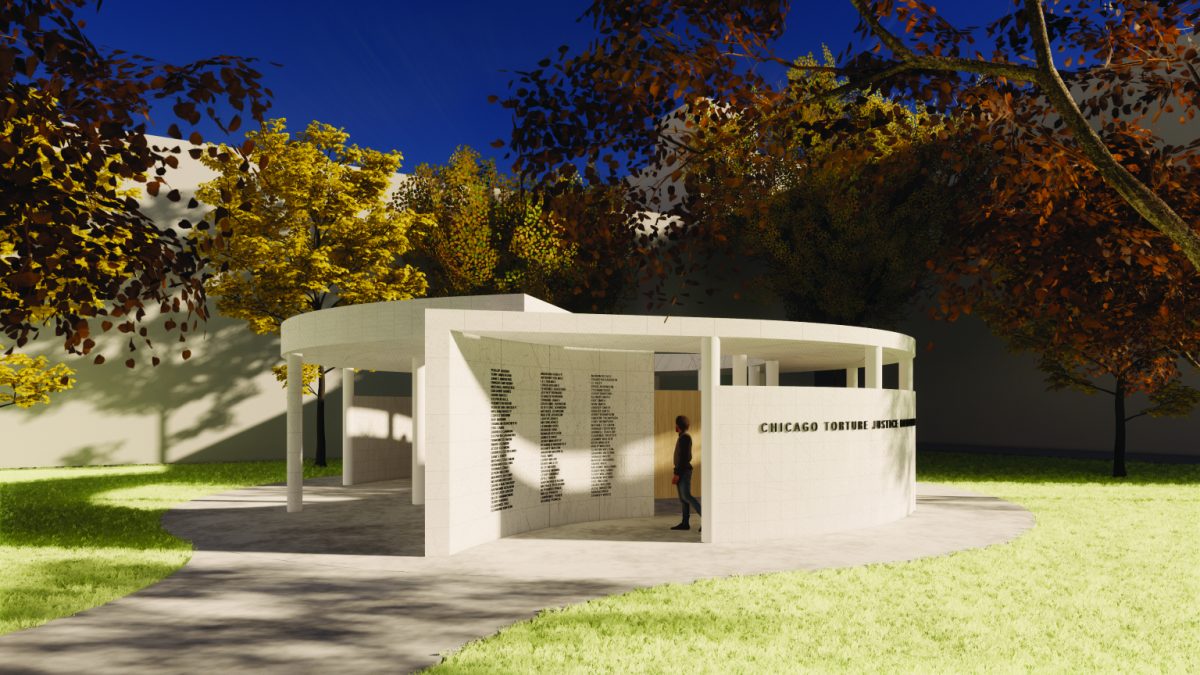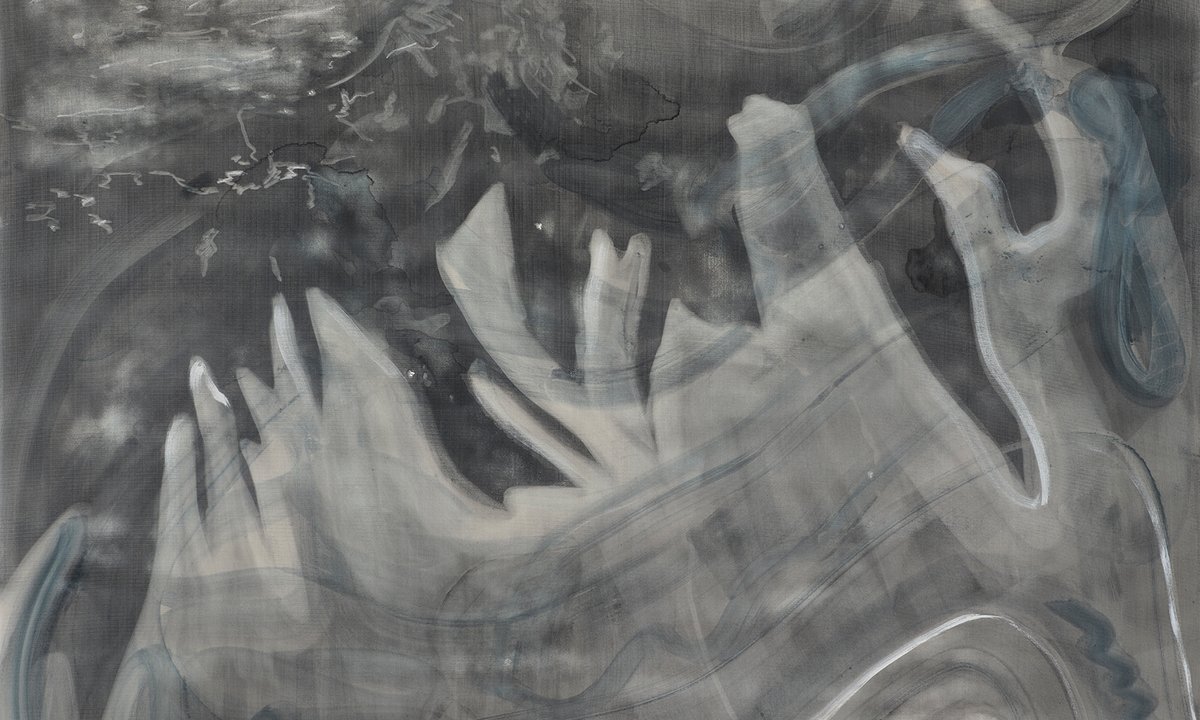We’re coming up on the three-year anniversary of Mayor Lori Lightfoot’s stealth eviction of Christopher Columbus from Grant Park. Under the cover of darkness—and for his own good, she said—the larger-than-life explorer/looter was separated from his 20-foot pedestal and hustled off to storage where he’d no longer offend the protesters seeking to topple him for his heinous treatment of Indigenous people.
This was noticed, especially in Chicago’s Little Italy.
Columbus, as interpreted in bronze by sculptor Carlo Brioschi, had presided over that spot at the intersection of Roosevelt Road and Columbus(!) Drive since the 1933 World’s Fair. It was a gift from the area’s Italian American community (though a special tax helped pay for installation), and its dedication ceremony included a personal message from Mussolini that read, in part, “Italy, rejuvenated by Fascism, is happy to join in the celebration.”
Lightfoot also sent two other Columbus statues to storage—one from Arrigo Park in Little Italy, the other from a South Chicago traffic island at 92nd Street. Then she announced the creation of the Chicago Monuments Project, which would reconsider the city’s public art (including art in parks and schools) from a “racial healing and historical reckoning” perspective, and would make suggestions to guide future commissions. Chaired by now-former Department of Cultural Affairs and Special Events (DCASE) commissioner Mark Kelly, Landmarks Illinois president and CEO Bonnie McDonald, and now-former Jane Addams Hull-House director Jennifer Scott, and assisted by an advisory committee of artists, scholars, and officials, it would “address the hard truths of Chicago’s racial history” and find “new ways to memorialize” the “true and complete” story of the city.
So much for those romanticized images of noble Native Americans blissfully welcoming their European plunderers. Or, alternatively, attacking them.
Last August, after numerous public meetings and a year or so of delay, the Monuments Project issued a thoughtful, comprehensive final report. It recommended permanent removal of the Columbus statues (and others, including the Fort Dearborn Massacre, DuSable Bridge reliefs, and the Italo Balbo Monument), but included a dissenting essay by Sergio Giangrande, an advisory committee member and former president of the Joint Civic Committee of Italian Americans. “We cannot rewrite history,” Giangrande wrote, adding that existing monuments are historical artifacts, and that instead of removing them, we should be adding new artwork “telling the stories that need to be told.”
In July 2021, the JCCIA had filed a breach of contract lawsuit against the city, contesting the removal of the Arrigo Park statue. That lawsuit is still pending, as is a more recent lawsuit by former Park District lawyer George Smyrniotis, who claims that then-Mayor Lightfoot defamed him (ultimately causing him to lose his job) in a Zoom call about his handling of a request to pull the Arrigo Park statue from storage for a Columbus Day parade. According to his instantly viral complaint, this was the call on which she also claimed to have “the biggest dick in Chicago.”
Yes, people get passionate about public art.
The Monuments Project recommended contextualization for “problematic” existing works that will remain in place, along with the creation of new monuments that, as advisor and SAIC professor Romi Crawford suggested in an essay in the final report, might not all need to be grand in scale or even permanent, but could take innovative new forms, and should include a much broader range of subjects.
The report announced that eight projects were getting $50,000 each from the city for initial development. The projects would be honoring Mahalia Jackson; the Latina/x experience in Pilsen; Mother Jones (with a statue in the Water Tower park); Jean Baptiste Pointe du Sable and Kitihawa; survivors of police torture under former Chicago Police commander Jon Burge (called for by the city’s 2015 reparations legislation); victims of the Chicago race riot of 1919; Rekia Boyd (and other missing and murdered Black girls and women, in conjunction with A Long Walk Home‘s Visibility Project); and, more generally, victims of Chicago gun violence.
Last week Mayor Brandon Johnson announced a new $6.8 million grant from the Mellon Foundation that will allow seven of those previously funded projects, and an “intervention” by Amanda Williams at the George Washington statue in Bronzeville, to move forward. The monument to victims of Chicago gun violence, which was to be “community-led,” was the only project from the original list not included in the announcement of this second round of funding. According to a city spokesperson, “The project idea has not been replaced. Our efforts to support public art projects which address gun violence are ongoing and include three current mural projects that are underway, as well as continuing conversations with community groups and artists to develop future projects that promote healing in our city.”
That sounds like an invitation waiting to be grabbed. While we’re at it, how about taking legislative action to get rid of the guns? That would be the best way to honor those victims.



